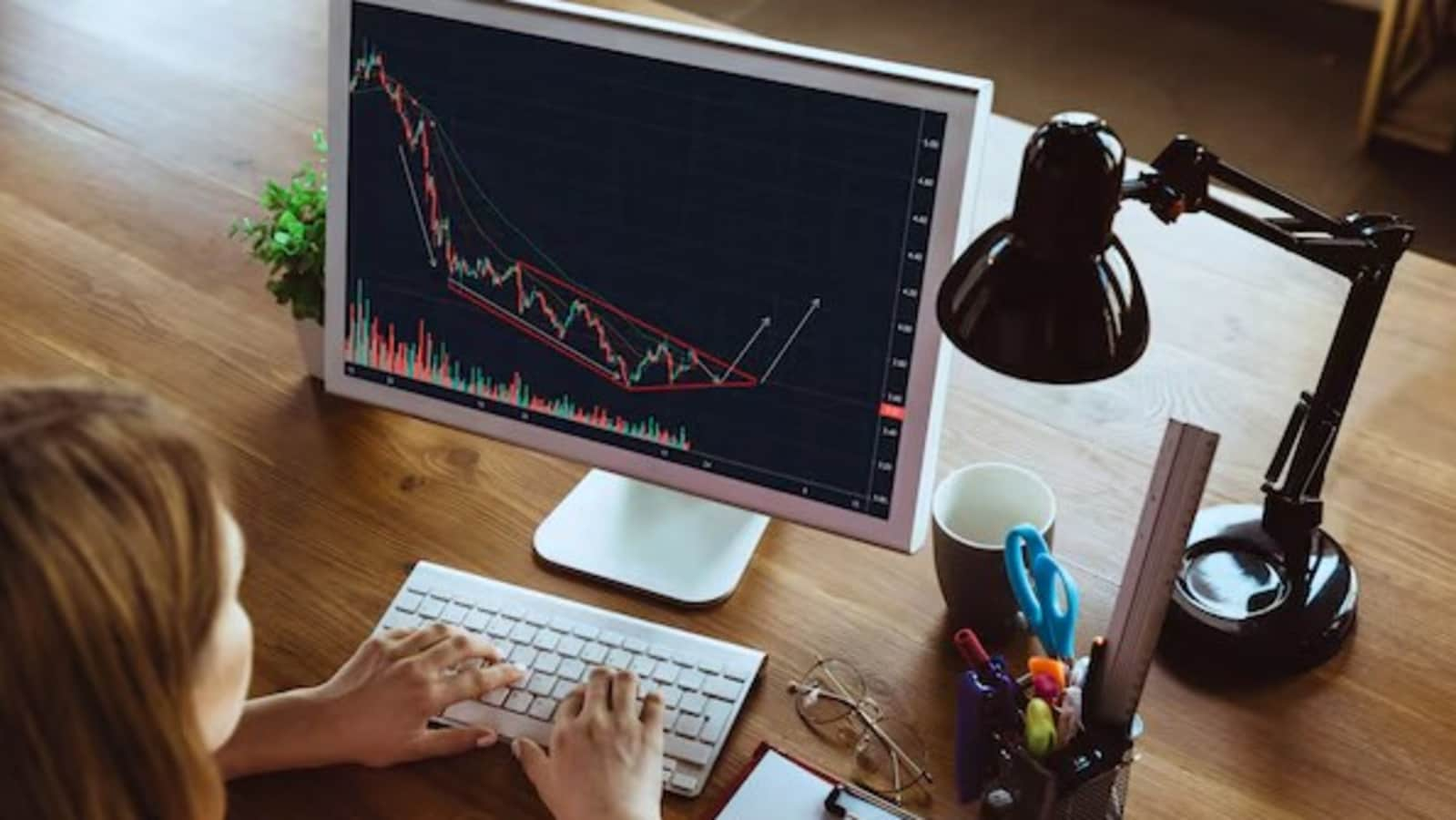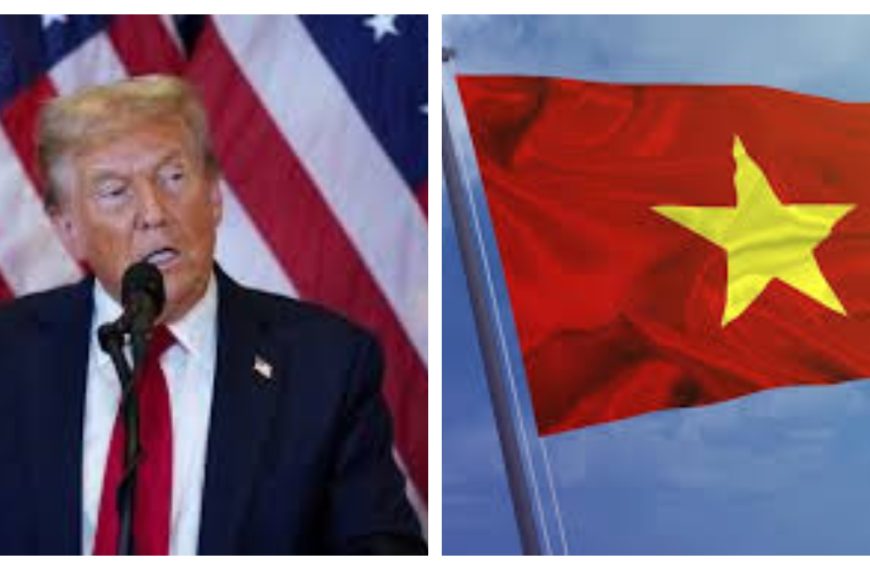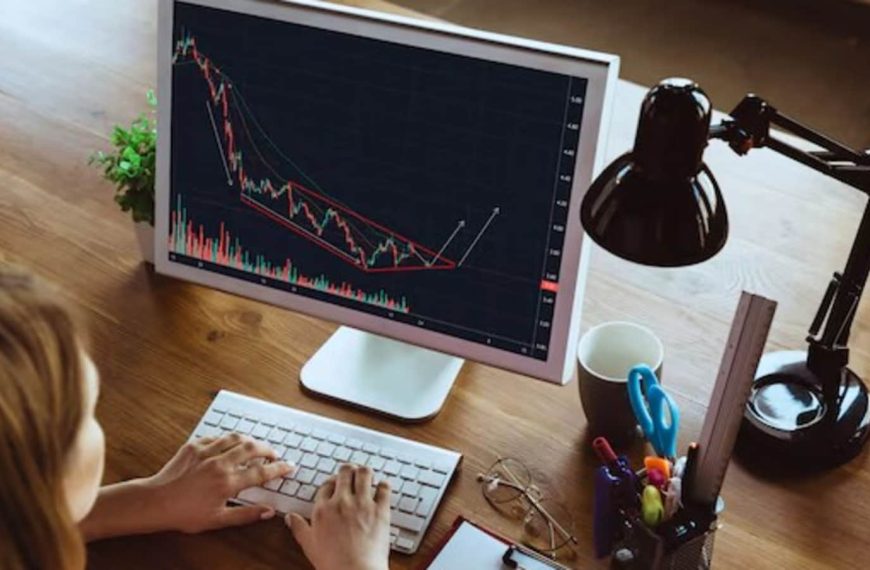Asian Stock Markets Rise Amid U.S. Economic Uncertainty
In a notable turn of events on Tuesday, Asian stock markets saw an upward swing, coinciding with fluctuations in U.S. equities. This movement comes as President Donald Trump approaches what he terms "Liberation Day" on Wednesday, a date that has investors on edge globally. As uncertainties loom, safe-haven assets like gold have caught the attention of investors, surging to over $3,170.00 per ounce before retracting slightly.
Market Performance Across Asia
- Tokyo’s Nikkei 225 remained stable, closing at 35,624.48, as Prime Minister Shigeru Ishiba urged Trump against imposing higher tariffs on Japanese automobiles. A recent survey indicated a decline in business sentiment among major manufacturers in Japan.
- The Hang Seng Index in Hong Kong improved by 0.2%, reaching 23,173.75, while the Shanghai Composite advanced by 0.4% to 3,348.44.
- South Korea’s Kospi jumped 1.6% to 2,525.44, and the S&P/ASX 200 in Australia surged 1% to 7,925.20.
- Taiwan’s Taiex shot up by 2.8%, whereas India’s Sensex saw a slight decline of 0.2%. The Bangkok SET also gained 1.1%.
U.S. Market Volatility and Economic Impacts
On Monday, the S&P 500 rose by 0.6% to 5,611.85, but closed out March with a 4.6% loss, marking its worst quarterly performance in two and a half years. The Dow Jones Industrial Average climbed 1% to 42,001.76, while the Nasdaq composite dipped 0.1% to 17,299.29, primarily due to declines in major tech stocks like Tesla and Nvidia.
The swings in U.S. markets have become commonplace, largely driven by uncertainties regarding Trump’s tariff policies and their potential impact on inflation and economic growth. A global sell-off was observed on Monday, fueled by concerns over the ramifications of tariffs aimed at bringing manufacturing jobs back to the U.S.
Anticipation Surrounding Tariff Announcements
As Wednesday approaches, the U.S. is expected to unveil what Trump refers to as "reciprocal" tariffs. These tariffs are designed to counter the trade burdens that other nations impose on U.S. goods, including value-added taxes. Economists at Goldman Sachs predict an average 15% reciprocal tariff announcement, alongside a raised inflation forecast and a reduced growth outlook for the U.S. economy.
- 35% chance of recession: Goldman Sachs has increased its recession probability forecast for the next year from 20% to 35%, citing lower growth expectations and rising economic uncertainty.
The markets could experience a rally if the tariffs are less severe than anticipated or if no additional tariffs on China are introduced. Conversely, a worst-case scenario could lead to significant job cuts and a deeper market drop, perpetuating economic stagnation.
Key Stock Movements and Sector Performances
Despite market volatility, some stocks saw notable movements. Tesla dropped 1.7% on Monday, bringing its year-to-date loss to 35.8%. The company faces challenges as its brand becomes increasingly tied to CEO Elon Musk, who is currently under scrutiny for his role in U.S. government spending.
On a positive note, Mr Cooper surged by 14.5% following its announcement of an acquisition by Rocket in a $9.4 billion all-stock deal. Meanwhile, Newsmax experienced a staggering 735% increase on its first day of trading, with its stock price fluctuating so dramatically that trading was temporarily halted multiple times.
Commodity and Currency Updates
In early trading on Tuesday, U.S. benchmark crude prices slipped by 8 cents to $71.40 per barrel, while international benchmark Brent crude fell 5 cents to $74.72 per barrel. The U.S. dollar weakened against the Japanese yen, dropping to 149.64 yen from 149.97 yen, while the euro gained slightly, moving to $1.0805 from $1.0817.
In summary, as Asian markets react to U.S. economic signals, investors remain cautious but optimistic about the potential outcomes of forthcoming tariff announcements. The interplay between government actions and market responses continues to shape the financial landscape, keeping traders and economists on high alert.










